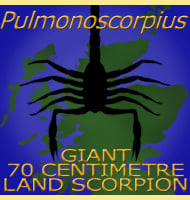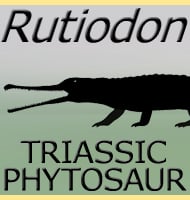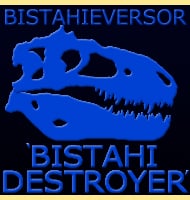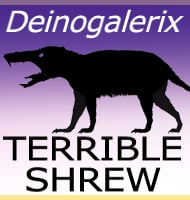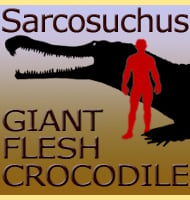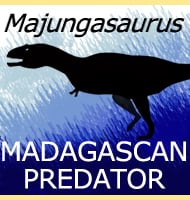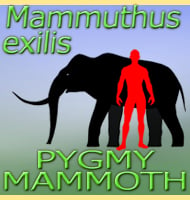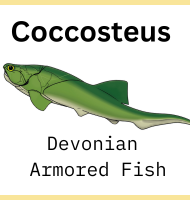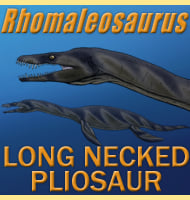In Depth
During the earliest portion of its taxonomic history Megapnosaurus was known as Syntarsus after the initial description by Raath in 1969. Later a trio of other palaeontologists (Ivie, Slipinski and Węgrzynowicz) discovered that the name Syntarsus had already been given to a beetle in 1869. In 2001 they renamed the dinosaur Syntarsus remains as Megapnosaurus, though this was controversial for two reasons. Usually the original describer of a genus is given the chance to correct the mistake, but Ivie, Slipinski and Węgrzynowicz took this task upon themselves because they believed that Raath was deceased. In fact not only was Raath very much alive, he and other palaeontologists were of the opinion that Syntarsus (now Megapnosaurus) should actually be treated as a synonym to the earlier Coelophysis due to the remarkable resemblance between these dinosaurs.
Although the future of Megapnosaurus is uncertain, the remains of this dinosaur do reveal a number of features that allow us to get a greater insight into dinosaur behaviour and ecosystems of the early Jurassic. Dinosaur bones have growth rings that allow palaeontologists to reasonably establish the age of a dinosaur at the time of death, and in Megapnosaurus these rings indicate that this dinosaur could live for up to seven years. The scleral rings of the eyes are similar to those of nocturnal birds, thus indicating a possible nocturnal lifestyle where Megapnosaurus hunted under the cover of darkness. At up to three meters long, Megapnosaurus may have been capable of tackling herbivorous dinosaurs such as Anchisaurus and Scutellosaurus.
In addition to all this, Megapnosaurus remains are known from North America (USA) and Africa (Zimbabwe), not only helping to establish that the continents were still mostly joined together in the early Jurassic, but that the point of origin for dinosaurs may have been what is now South America, where they then radiated out across the globe while the continents were still joined. Also, the remains of over thirty Megapnosaurus individuals have been found together in a bone bed in Zimbabwe. This could indicate gregarious social behaviour as seen in some birds today, or perhaps environmental conditions could have brought them together, such as clustering around a watering hole during a drought.
Further Reading
-A non-destructive investigation of the skull of the small theropod dinosaur, Coelophysis rhodesiensis, using CT scans and rapid prototyping. A. Bristowe, A. Parrot, J. Hack, M. Pencharz & M. Raath – 2004. -A juvenile coelophysoid skull from the Early Jurassic of Zimbabwe, and the synonymy of Coelophysis and Syntarsus. A Bristowe & M. A. Raath – 2004. -Nocturnality in Dinosaurs Inferred from Scleral Ring and Orbit Morphology. L. Schmitz & R. Motani – 2011.

